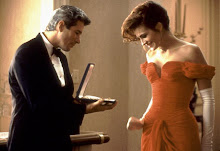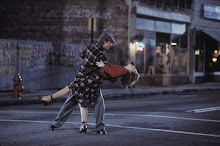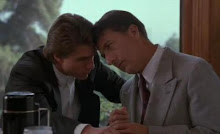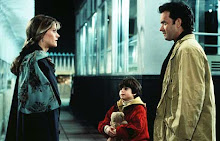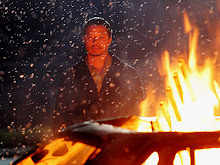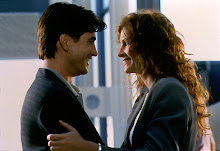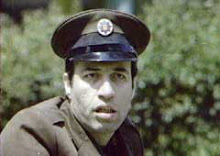 d have some major issues at the beginning when it started to rain. It sounded really bad but we recorded some atmospheric sound that we'll replace with the real sound of the shoot. We also had big problems with cars as there seemed to be one on the road for the whole of the outdoor shoot but we did manage to get shots when there were no cars so it worked out ok, although at first I was getting very stressed over it, as although I knew it would happen on our test shoot there seemed to be a lot less cars. After having our lunch break with the two actors, our male actor (Barney) left and we started shooting with our female character (Laura). These shots went a lot better than the outdoor ones did. The lighting was all good and the shots worked exactly as we planned, as we obviously didn't have the issue of the weather. We were also really lucky to have amazing actors who played their parts really well and didn't complain about anything even though we had them standing out in the freezing cold and Barney had to film in the rain for quite a long time without an umbrella. However, all our shots took a lot longer than we thought they would and we ended up leaving Alice's house at 10.15, but I think this was better than leaving the shots for Friday as if they didn't work
d have some major issues at the beginning when it started to rain. It sounded really bad but we recorded some atmospheric sound that we'll replace with the real sound of the shoot. We also had big problems with cars as there seemed to be one on the road for the whole of the outdoor shoot but we did manage to get shots when there were no cars so it worked out ok, although at first I was getting very stressed over it, as although I knew it would happen on our test shoot there seemed to be a lot less cars. After having our lunch break with the two actors, our male actor (Barney) left and we started shooting with our female character (Laura). These shots went a lot better than the outdoor ones did. The lighting was all good and the shots worked exactly as we planned, as we obviously didn't have the issue of the weather. We were also really lucky to have amazing actors who played their parts really well and didn't complain about anything even though we had them standing out in the freezing cold and Barney had to film in the rain for quite a long time without an umbrella. However, all our shots took a lot longer than we thought they would and we ended up leaving Alice's house at 10.15, but I think this was better than leaving the shots for Friday as if they didn't work  on Friday we would have had no time to reshoot them.
on Friday we would have had no time to reshoot them.Overall I think today's shoot went well and hopefully when we watch it all back we wont have too many shots to retake. However, we do still need to record Barney's dialogue and need to record Laura and Barney laughing together, which we will do as soon as we can this week. We also need to check for continuity with their dialogue, the light and her leaving the bathroom. There are pictures on the group blog of the shoot.





